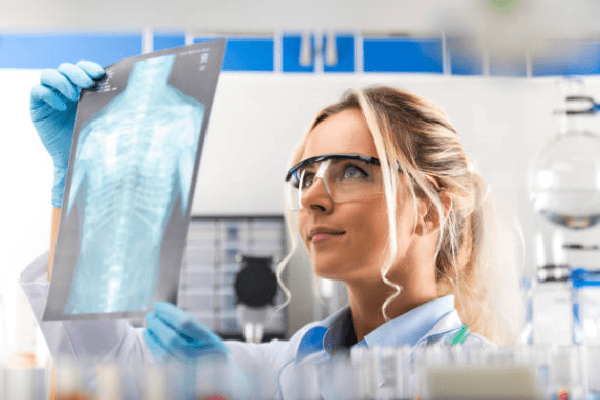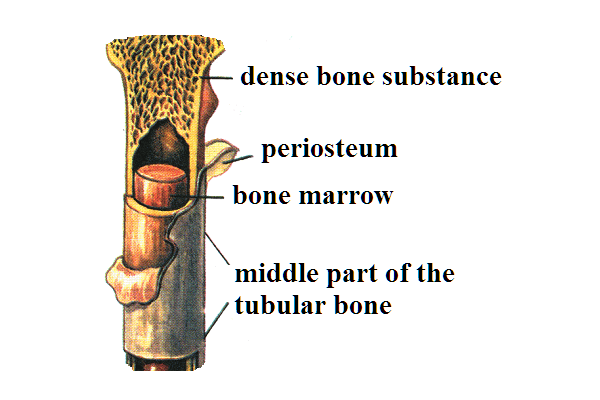Surgery diseases >>>> Periostitis - causes and treatment
Periostitis - causes and treatment.

Often, infectious processes, injuries or tumors that develop near bone structures cause the development of inflammatory processes in the bone tissue itself and the soft tissues surrounding it. This is how the inflammatory process develops in the area of the periosteum - a fibrous film (shell) that covers the outer surface of the bones and contributes to the connection of bones with the surrounding soft tissue. This inflammatory process is called periostitis.
The periosteum is pierced by blood vessels that perform the trophic function of bone tissue, therefore, a violation of the integrity of the periosteum and inflammatory processes that develop in it lead to a violation of the blood supply and nutrition of the bone tissue. And also one of the functions of the periosteum for the healing of bone tissue as a result of its destruction or fractures is disrupted - the formation of an external bone callus.
Clinically periostitis can proceed in an acute or chronic form, and by etiology and pathogenesis, there is a distinction between nonspecific periostitis (fibrous, serous, purulent, ossifying) and specific (caused by precisely defined microorganisms - syphilitic, tuberculous).

Usually, the signs of periostitis are manifested in the form of pain against the background of hyperemia of the soft tissues located above the periosteum (near it), swelling, infiltration. Fibrous periostitis is accompanied by the growth of fibrous tissue of the periosteum, with serous periostitis, exudate is formed, if an infection joins the inflammatory process associated, for example, with trauma, then the periostitis becomes purulent. With a rapidly flowing purulent process, a rupture or detachment of the periosteum is possible. Purulent exudate can break through into the soft tissues surrounding the bone with the formation of phlegmon, fistula, ulcers.
Prolonged irritation of the periosteum, for example in chronic injuries, leads to ossifying periostitis with the formation of new bone tissue and osteophytes from the proliferating inner layer of the periosteum.
Chronically flowing periostitis can often cause bone calcification. And due to the fact that there is a close connection between the periosteum and the bone tissue, the inflammatory process easily passes from one tissue structure to another and ends with osteoperiostitis , and in more complex and advanced cases - with osteomyelitis.
To diagnose periostitis, a biopsy of the tissues of the periosteum is used and the state of the periosteum at the site of its damage is examined radiographically. The picture will be the fault of layering, thickening and an increase in the volume of the bone.
Treatment of periostitis depends on the nature of the course and the specifics of the microflora that caused the inflammatory or purulent process.
Conservative treatment of periostitis is aimed at eliminating chronic inflammation. Prescribe antibiotics corresponding to the identified microflora in the focus of infection, pain relievers and anti-inflammatory drugs in the form of applications. With the ineffectiveness of conservative therapy, the focus of inflammation is opened.
Surgical treatment of periostitis involves removing the tissue melted by the purulent process from the periosteum and / or from the bone, after which the wound is drained, washed with antiseptics and proteolytic enzymes to accelerate the regeneration processes, antibiotics and corticosteroid drugs are injected into the area of inflammation. Anesthetics are used to reduce pain.

Read

Read



























